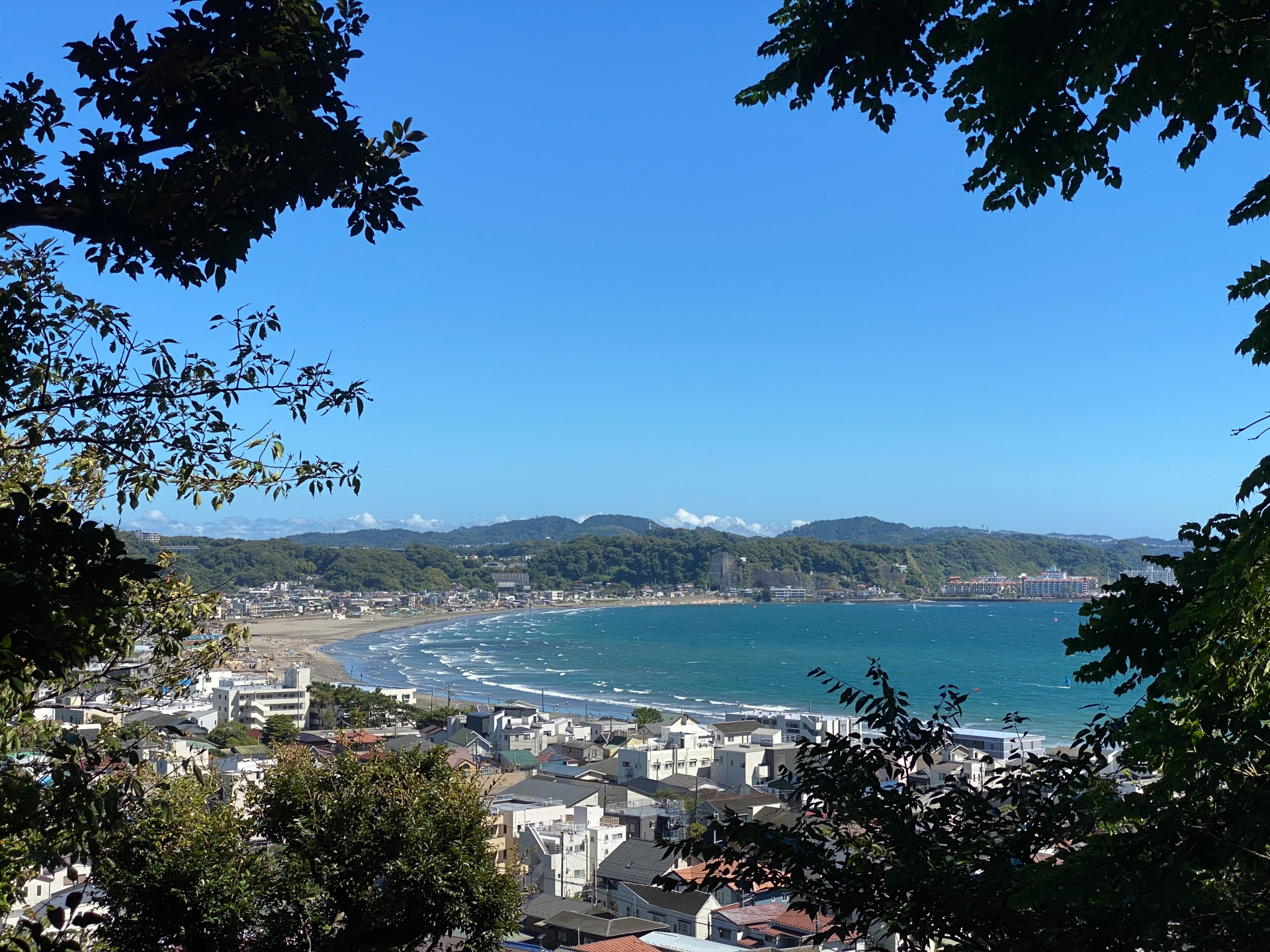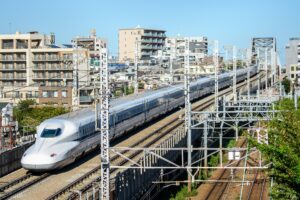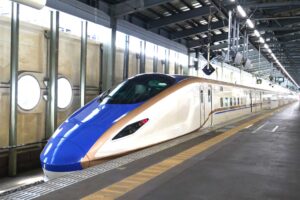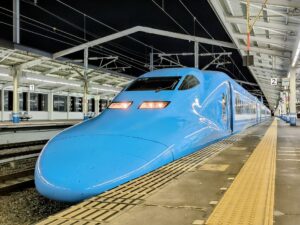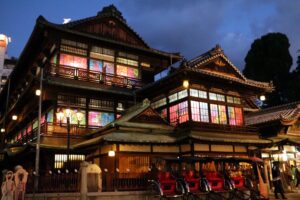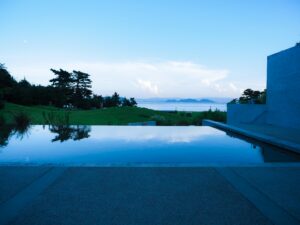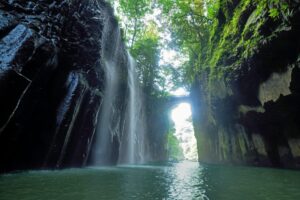Kamakura, once the political center of Japan during the Kamakura period, is a city rich in history and culture. Located just a short train ride from Tokyo, this charming coastal city offers visitors a blend of ancient temples, stunning natural scenery, and a glimpse into Japan’s storied past. Whether you’re a history buff, a cultural enthusiast, or simply looking for a scenic day trip, Kamakura has something to offer. This guide provides all the essential information you need to plan your visit, including must-see attractions, historical insights, and practical travel tips.
Exploring Kamakura: An Overview
Kamakura, historically significant as the seat of the Kamakura Shogunate, offers a fascinating blend of cultural and natural attractions. As the political center of Japan from 1192 to 1333, Kamakura played a crucial role in shaping Japanese history, particularly the rise of the samurai class. Today, it attracts tourists with its rich heritage, iconic temples, and beautiful coastal scenery. Visitors can experience the city’s unique blend of old and new, where centuries-old temples stand alongside modern cafes and shops. Kamakura’s accessibility from Tokyo makes it a perfect destination for both short visits and in-depth exploration.
Top Attractions in Kamakura
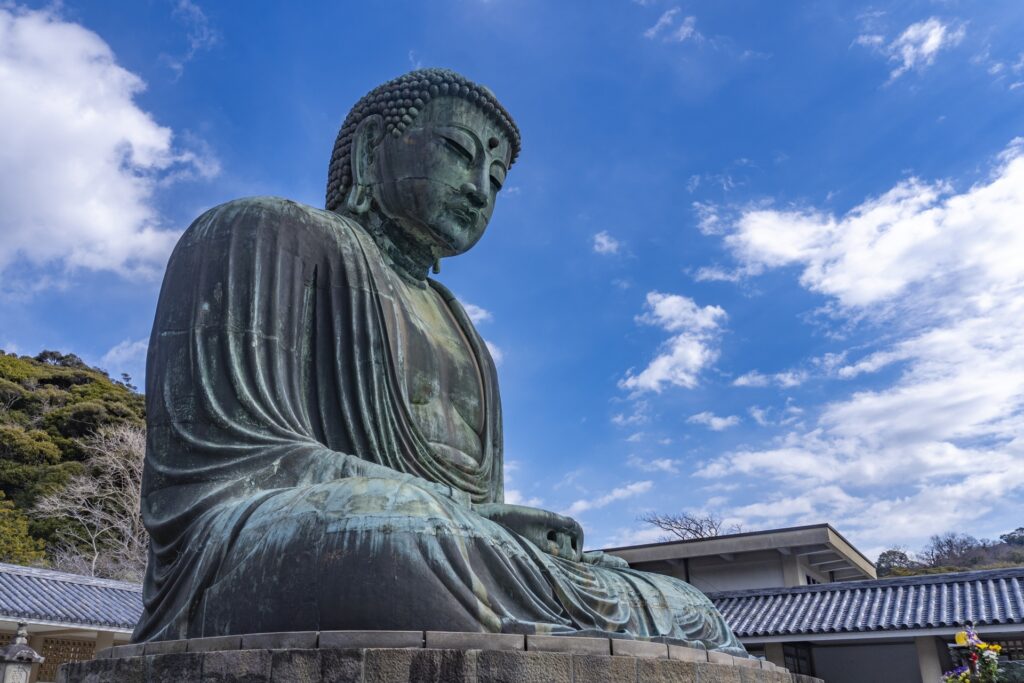
Kamakura is home to some of Japan’s most revered temples and cultural sites. The Great Buddha of Kamakura (Daibutsu), a massive bronze statue that stands over 13 meters tall, is a must-see. Another iconic site is Tsurugaoka Hachimangu Shrine, the city’s most important Shinto shrine, dedicated to the samurai god Hachiman. Hasedera Temple, known for its beautiful gardens and the eleven-headed statue of Kannon, the goddess of mercy, offers breathtaking views of the surrounding landscape. Each of these landmarks provides a glimpse into Kamakura’s historical and cultural richness.
Hidden Gems and Off-the-Beaten-Path Spots

While Kamakura’s main attractions draw the crowds, there are lesser-known sites that offer tranquility and charm. Zeniarai Benten Shrine, famous for its money-washing ritual, is a hidden gem where visitors can experience a unique aspect of Japanese culture. The Hokokuji Bamboo Grove offers a serene environment away from the hustle and bustle, allowing visitors to enjoy the peace of nature. Engakuji Temple, one of Kamakura’s five great Zen temples, provides a quieter alternative for those interested in exploring the city’s spiritual side. These spots are perfect for travelers seeking a more intimate experience with Kamakura’s cultural heritage.
Kamakura for History Enthusiasts
Kamakura’s historical significance is deeply rooted in its role as the political and cultural center of the Kamakura Shogunate. This period marked the rise of the samurai class and the establishment of a warrior government, leaving a lasting impact on Japanese history. The Kamakura Museum of History and Culture offers exhibits that detail the city’s past, including artifacts from the shogunate era. Exploring historical sites such as Kenchoji, the oldest Zen temple in Kamakura, provides insight into the religious and philosophical influences that shaped the period. History enthusiasts will find Kamakura’s well-preserved temples and museums a treasure trove of knowledge.
Seasonal Highlights in Kamakura
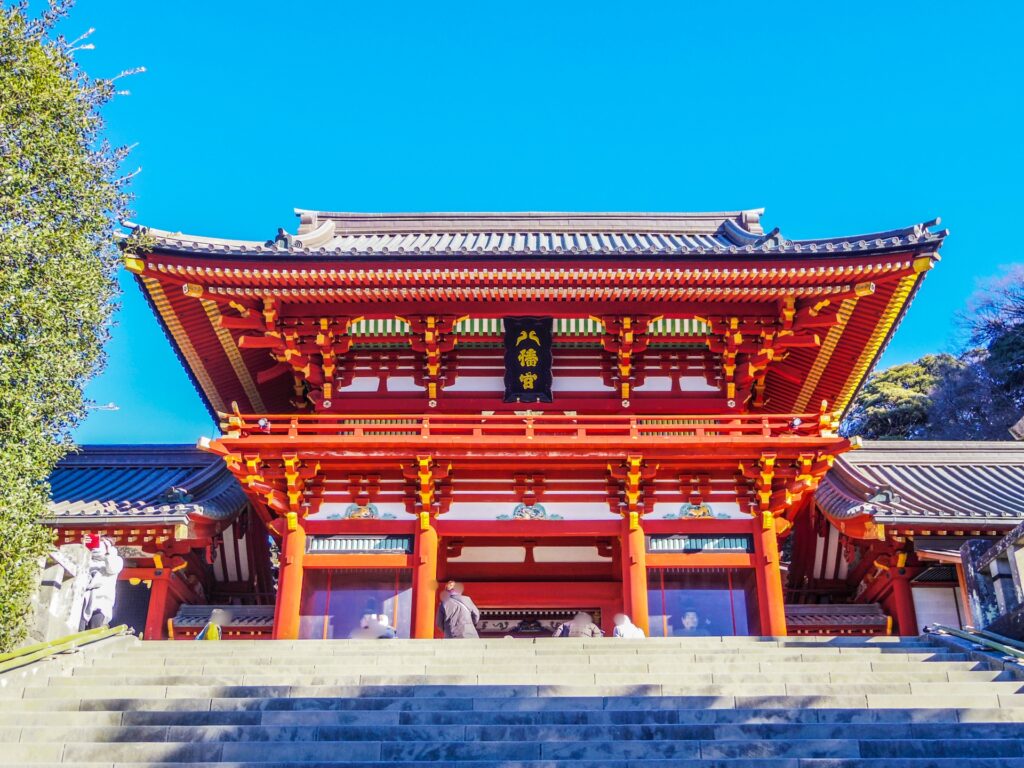
Kamakura offers distinct seasonal experiences, each bringing its unique charm. Spring is a particularly popular time when cherry blossoms bloom, with Tsurugaoka Hachimangu Shrine being a favored spot for hanami (flower viewing). In autumn, the city’s temples and gardens come alive with vibrant fall foliage, providing a picturesque backdrop for sightseeing. Kamakura also hosts various seasonal festivals, such as the Kamakura Matsuri in April, which features traditional performances and parades. These seasonal attractions highlight the city’s natural beauty and cultural vibrancy, making Kamakura a year-round destination.
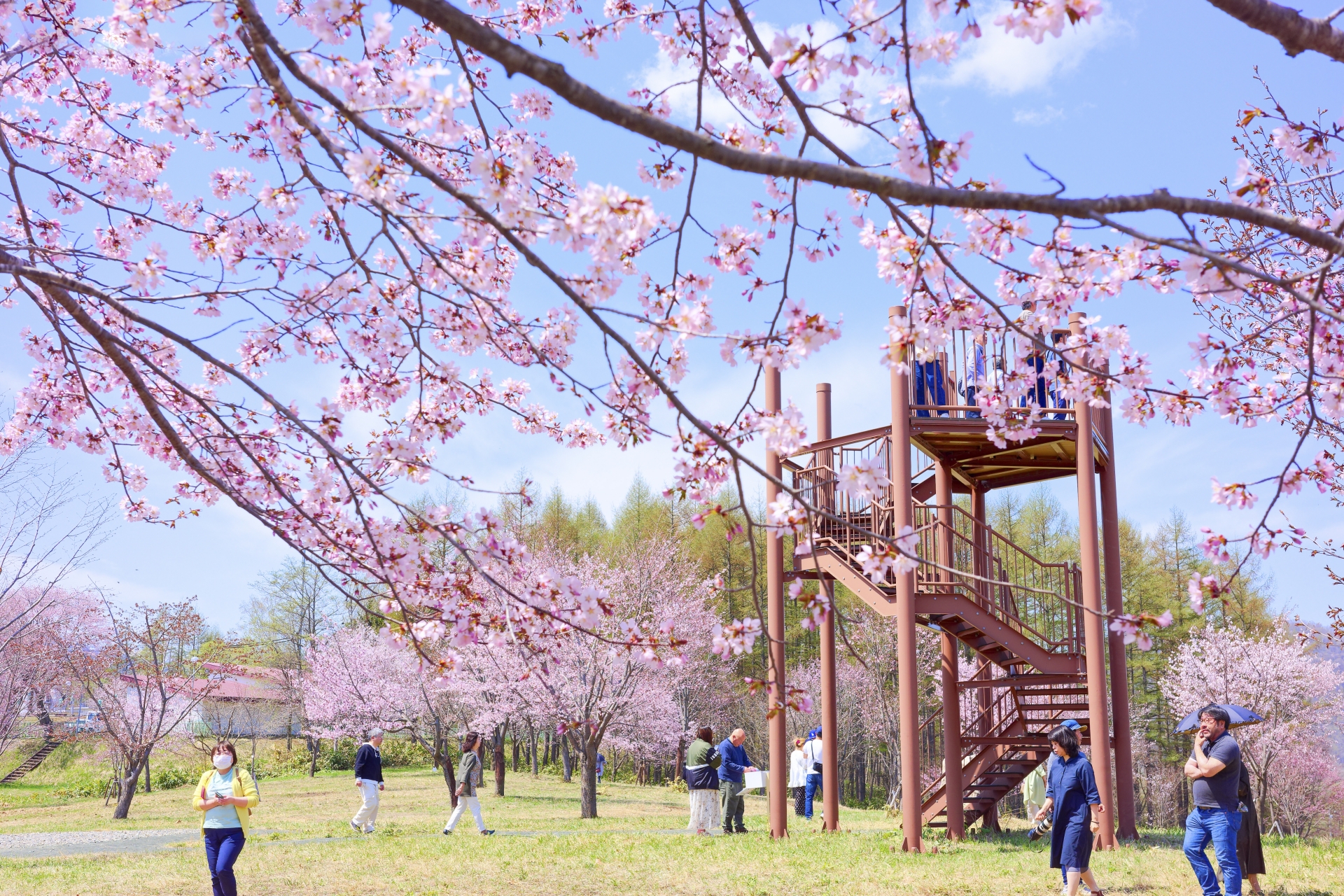
Practical Travel Tips
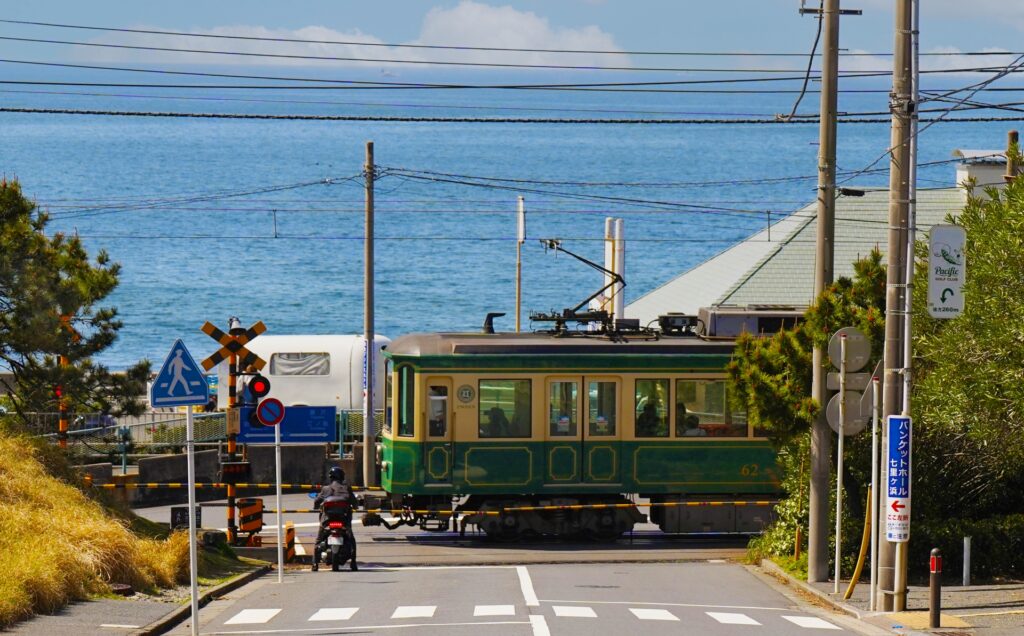
Getting to Kamakura from Tokyo is straightforward, with multiple train options available, including the JR Yokosuka Line and the Enoshima Electric Railway. The best times to visit are spring (March to May) and autumn (September to November), when the weather is mild, and natural scenery is at its peak. Within Kamakura, walking or renting a bicycle are great ways to explore the city at your own pace. While English is not widely spoken, learning a few basic Japanese phrases can enhance your travel experience. Respecting local customs, such as removing shoes before entering temples, is also appreciated.
Where to Eat and Stay in Kamakura
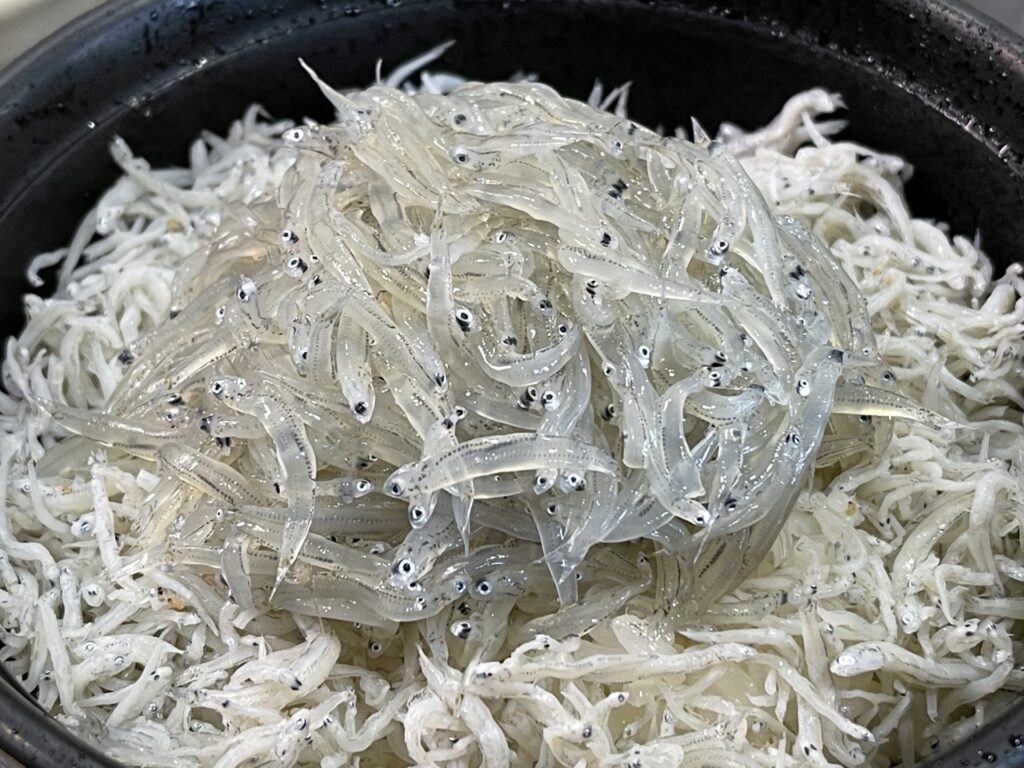
Kamakura offers a range of dining options that cater to different tastes. Local specialties include shirasu (whitebait), often served fresh over rice, and Kamakura-bori lacquerware-themed sweets. The city is home to various cafes and restaurants offering both traditional Japanese and international cuisine. For accommodations, options range from budget-friendly hostels to luxury ryokan (traditional Japanese inns), providing something for every type of traveler. Staying overnight allows visitors to enjoy the city’s attractions without the daytime crowds and experience Kamakura’s tranquil atmosphere in the early morning or evening.
Outdoor Activities and Nature Trails

Kamakura is not just about temples and shrines; it’s also a haven for outdoor enthusiasts. The Daibutsu Hiking Trail offers scenic views and a chance to connect with nature while exploring historical sites along the way. Kamakura’s beaches, such as Yuigahama and Zaimokuza, provide a relaxing setting for swimming, sunbathing, or simply enjoying the ocean breeze. The city’s coastal parks and gardens offer additional opportunities for leisurely strolls and picnics. These outdoor activities highlight Kamakura’s natural beauty and provide a refreshing complement to its cultural and historical attractions.

